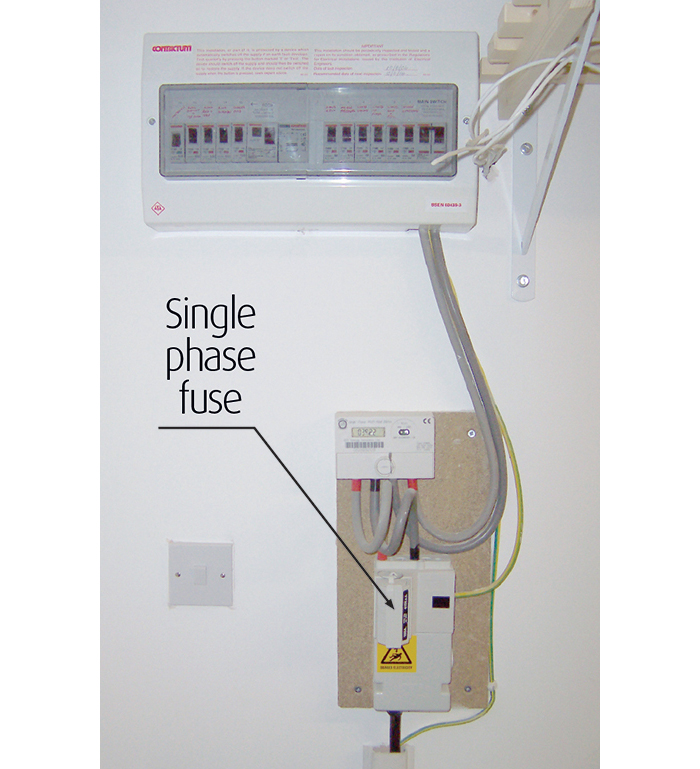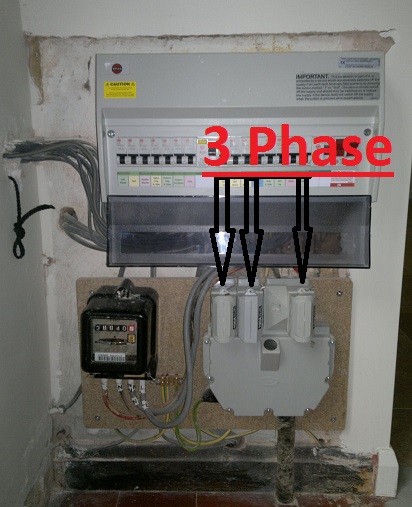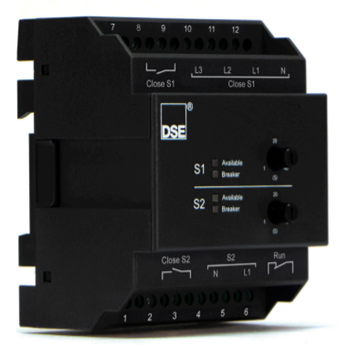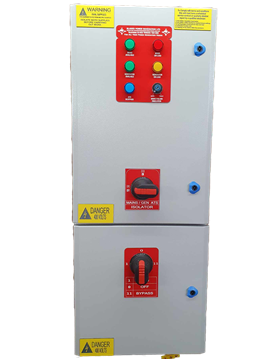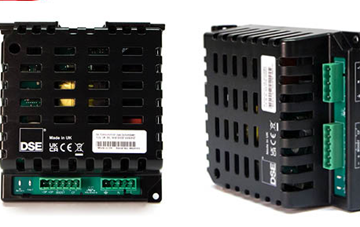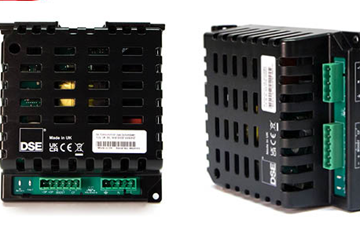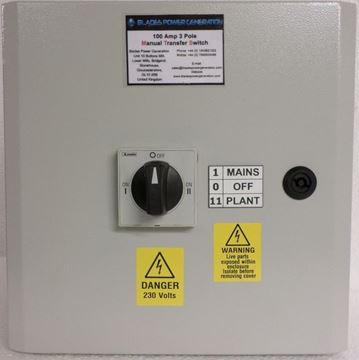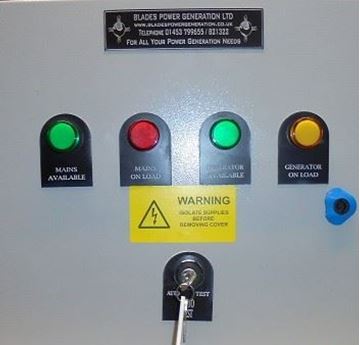Good question. But a lot of people are thinking along those lines today because of climate change and the race to get to carbon neutral.
Just remember this. In 2030 there are going to be no new petrol or diesel driven cars in the UK. They have to be all electric after that. Sure, you can still use your “old” petrol or diesel vehicle or a hybrid.
But 2030 is only just over 7 years away! This means that, other things aside, there is going to be a huge surge in the demand for electricity in order to power the all-electric vehicles as well as the hybrids. Either that, or it’s back on your bike!
Owing to several political reasons, nowadays there is much less gas coming to produce electricity. So, it may be the right time to look for new generators for sale in the UK, such as the ones we supply at Blades Power Generation. This will keep you going when the power goes down.
If you search for new generators for sale in the UK, you need to ensure that you get one that is the right size for your home. They have different outputs, so you need one which will produce sufficient power for your needs.
You will also need a transfer switch because this is a legal requirement. There are two types – a manual switch or an automatic transfer switch. This is necessary so that you cannot have mains power and generator power at the same time because that can cause serious problems. If the generator is running and the mains comes back on, it can burn out your generator. Not good. Equally, the generator can push power back down the mains which can cause injury to workers.
If you have a manual transfer switch, it means that when the power goes down you have to start the generator and then switch over to it once it is up and running. That’s OK if you happen to be at home at the time.
However, an automatic transfer switch does it all for you. When the power goes down it sends a signal to the generator and starts it up. Once it’s running, it automatically switches over.
Equally, it works the other way around too, so when the mains power comes back on it will switch off the generator and transfer you back to the mains. So much easier than doing it manually.













